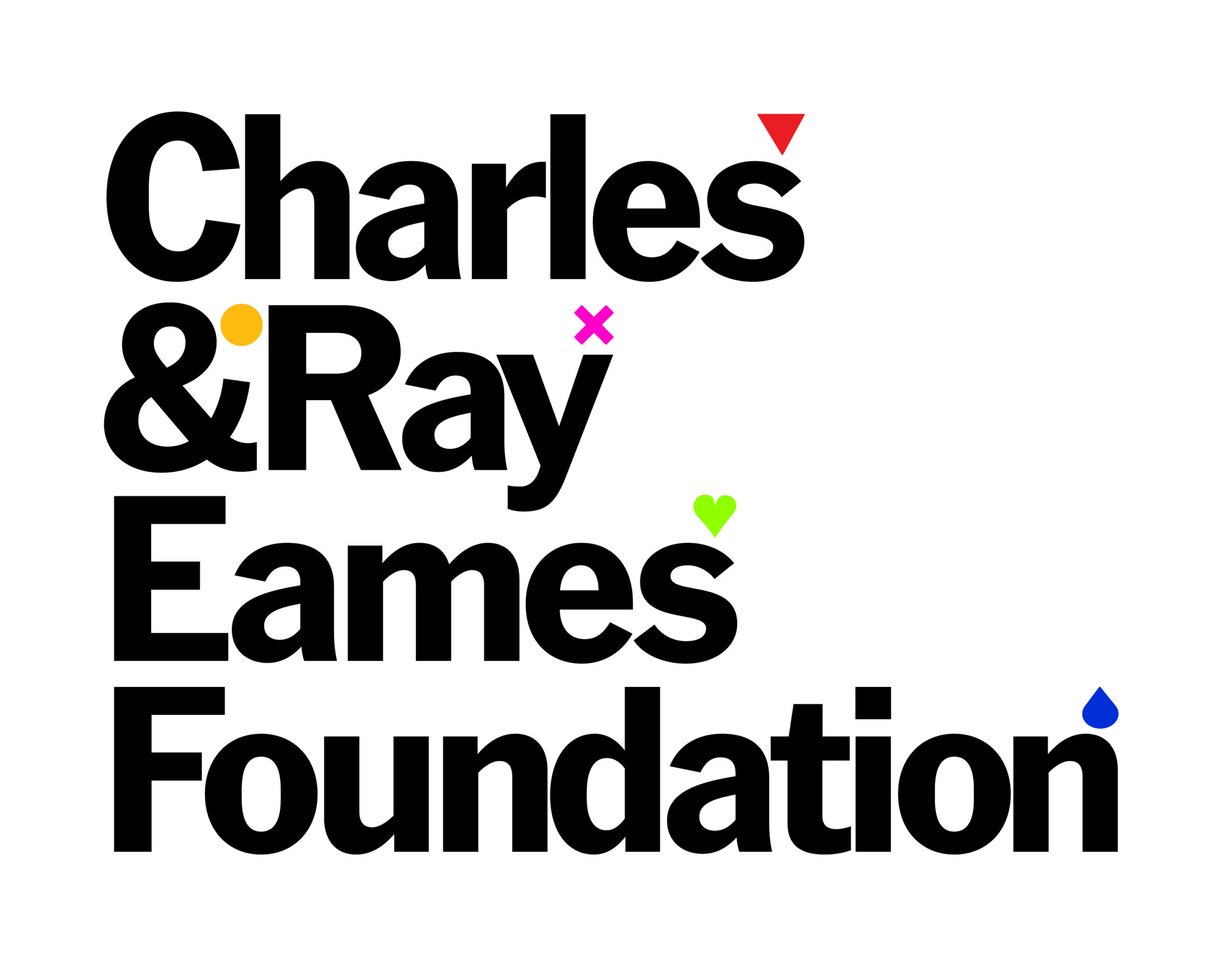Charles & Ray Biography
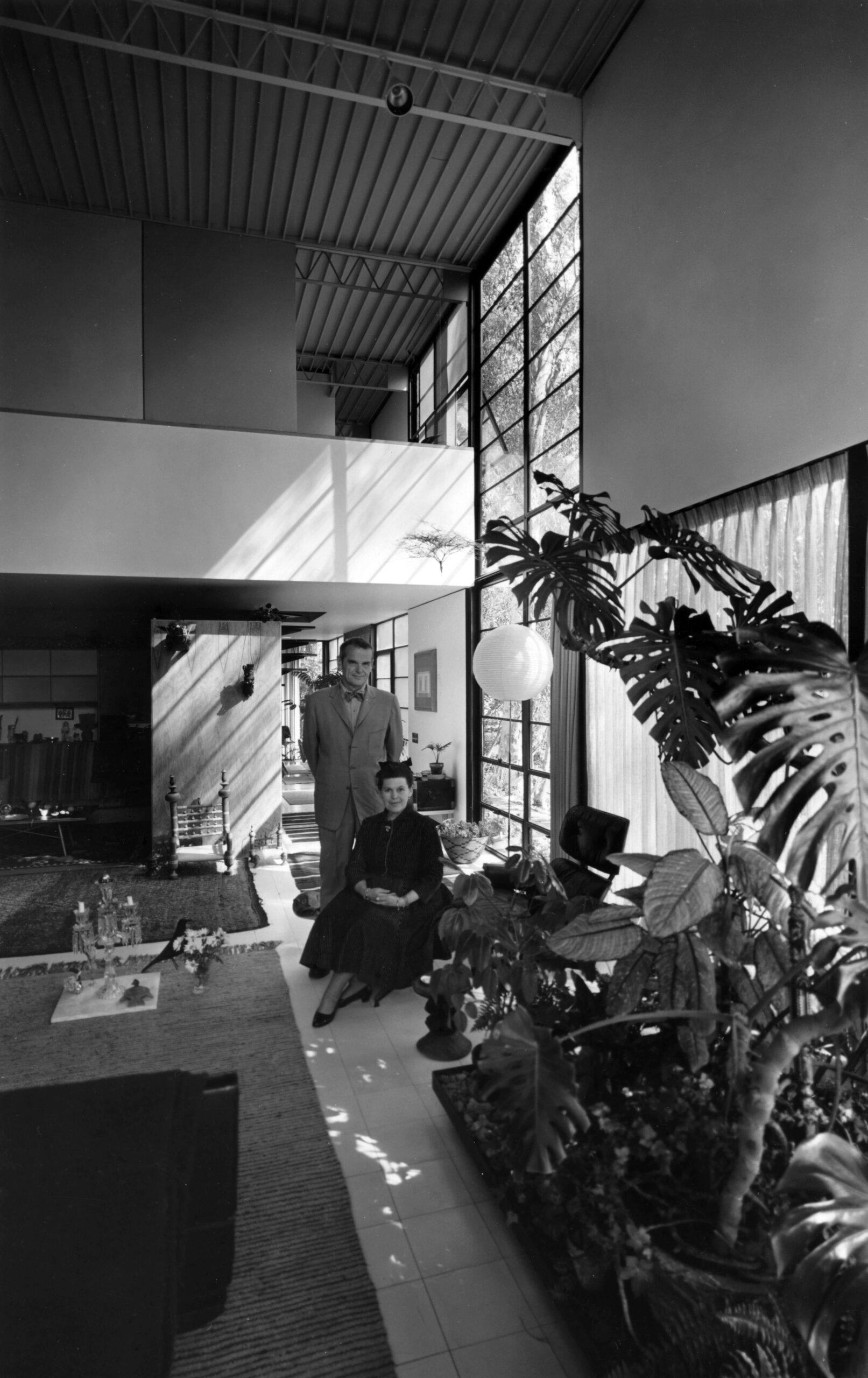
Pioneers of Modern Design
Among the most influential designers of the 20th century, Charles and Ray Eames were partners in life and work who made pioneering contributions to furniture, architecture, film, exhibitions, education, photography, textiles, and toys.
Charles
Charles grew up in St. Louis, where he studied architecture for two years at Washington University before being asked to leave—his views deemed “too modern.” Undeterred, he started his own architecture practice with Robert Walsh, designing churches and homes in Missouri and Arkansas. When architect Eliel Saarinen invited him to join the Cranbrook Academy of Art, Charles became its first director of industrial design and forged friendships with Eero Saarinen and other emerging designers.
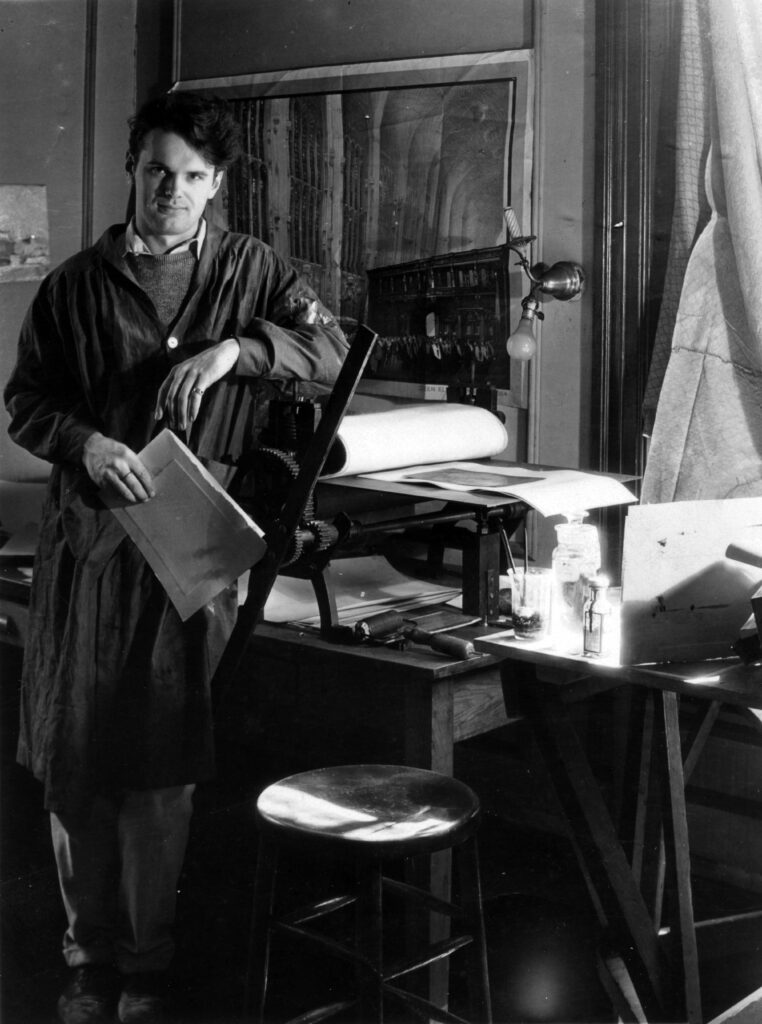

Ray
Ray, raised in Sacramento, pursued fashion, theater, and painting. After studying at the Bennett School for Girls, she moved to New York to study with artist Hans Hofmann, later helping found the American Abstract Artists group. After six years exploring structure and color through her painting, Ray applied to Cranbrook to expand her artistic practice—where she soon met Charles.
Early Years & New Ideas
Their partnership began when Ray assisted Charles and Eero with their winning entry for MoMA’s 1940 Organic Design in Home Furnishings competition. The two married in 1941 and moved to Los Angeles, where they began experimenting with molded plywood in their apartment. During World War II, they adapted their techniques to create leg splints and aircraft parts for the U.S. Navy—work that led to the founding of the Eames Office.
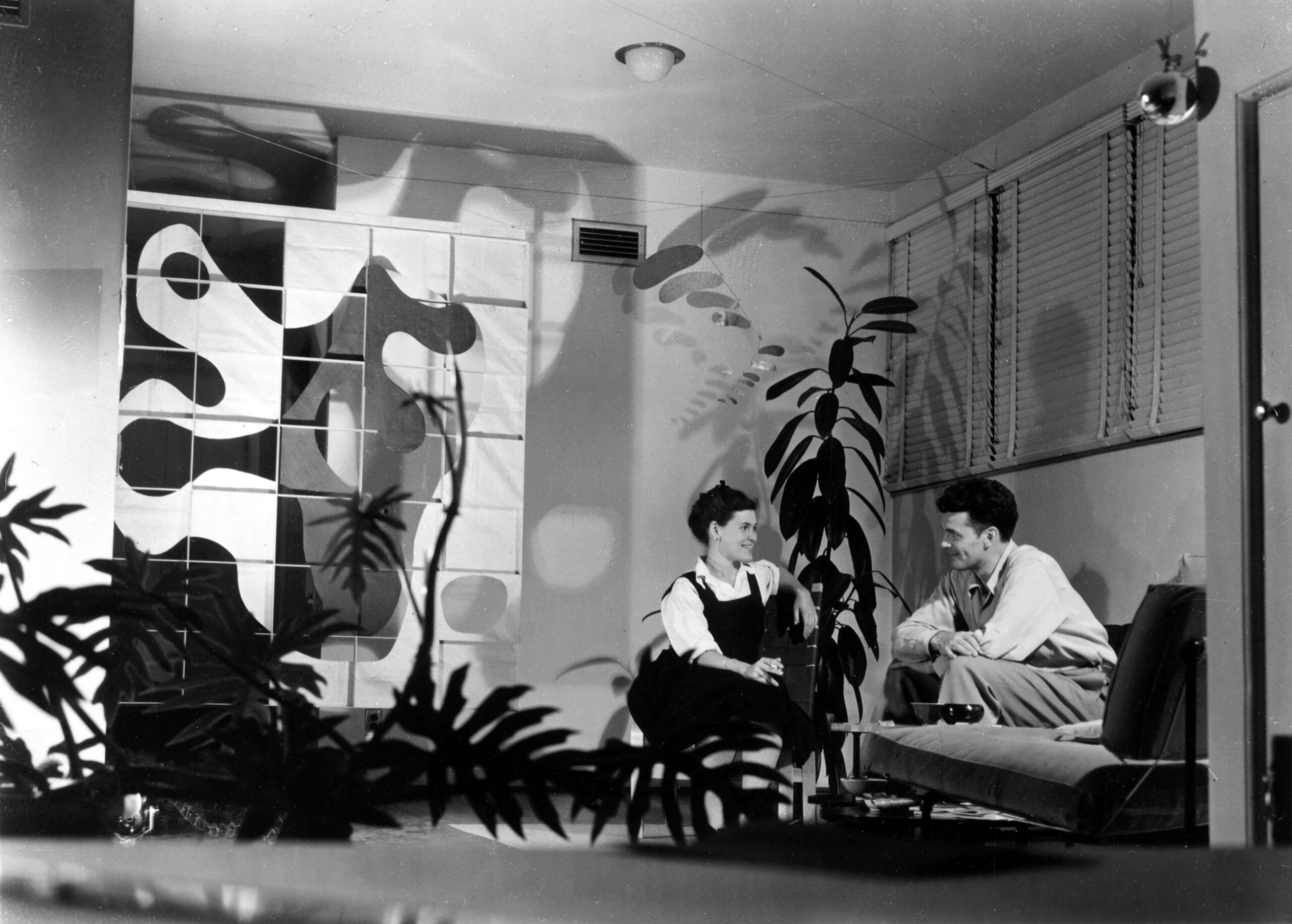
Design As a Way of Thinking
For more than four decades, the Eames Office produced designs that balanced heart and mind. Using accessible, industrial materials, they sought what Charles called a “way-it-should-be-ness”—a clarity of purpose and form achieved through iterative making. As Ray observed, “What works good is better than what looks good, because what works good lasts.” Their curiosity extended beyond objects to communication and education: they created films, exhibitions, and lectures that invited audiences to see the world differently.
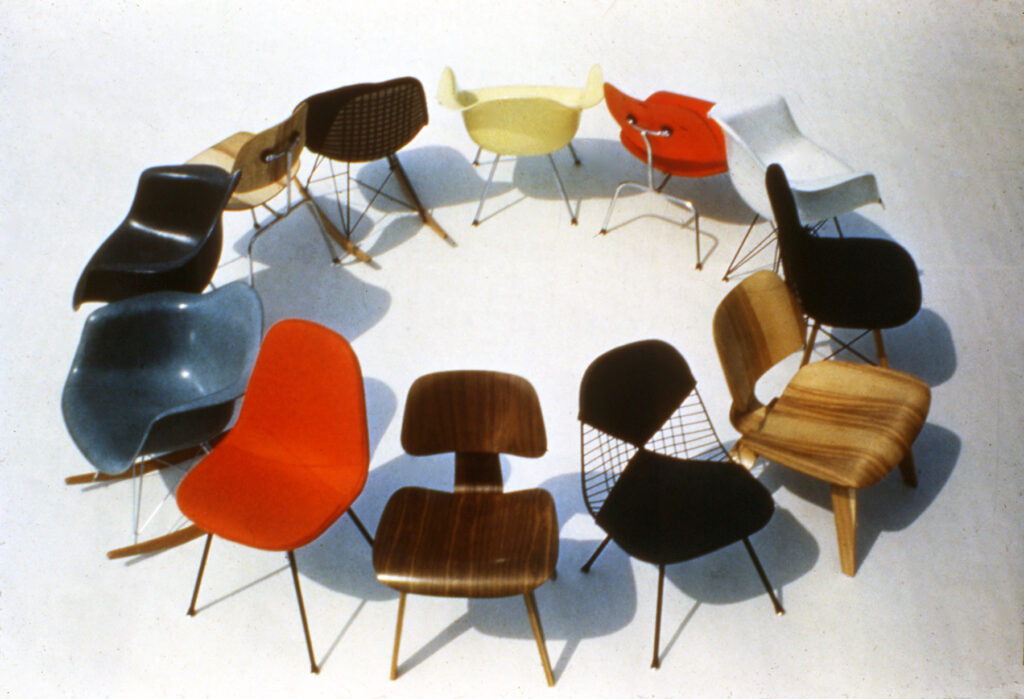
A Living Legacy
Charles Eames passed away on August 21, 1978, with Ray continuing the work of the Eames Office in the years immediately after. Ultimately, she closed the active office and focused on securing the Eames Office’s legacy for future generations to draw inspiration. Ray donated 1.5 million two-dimensional objects (including 750,000 prints and photographs) to the Library of Congress, wrote an encyclopedic volume of the Eames Office’s varied projects, lectured, and continued to welcome visitors and student groups graciously to the Eames House. On the tenth anniversary of Charles’s passing, Ray left as well.
Today, the Charles & Ray Eames Foundation carries forward their vision, preserving the Eames House and sustaining the spirit of curiosity, play, and problem-solving that defined their life’s work through exhibitions, educational programming, and global partnerships.
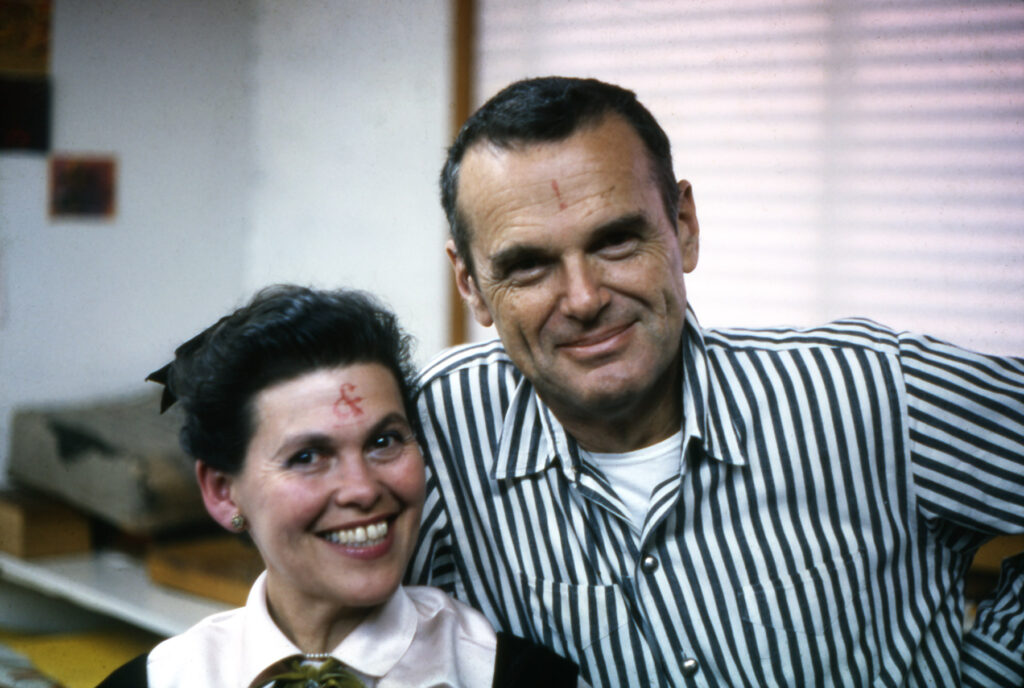
“Any time one or more things are
consciously put together in a way that
they can accomplish something better
than they could have accomplished
individually, this is an act of design.”
– Charles & Ray Eames
